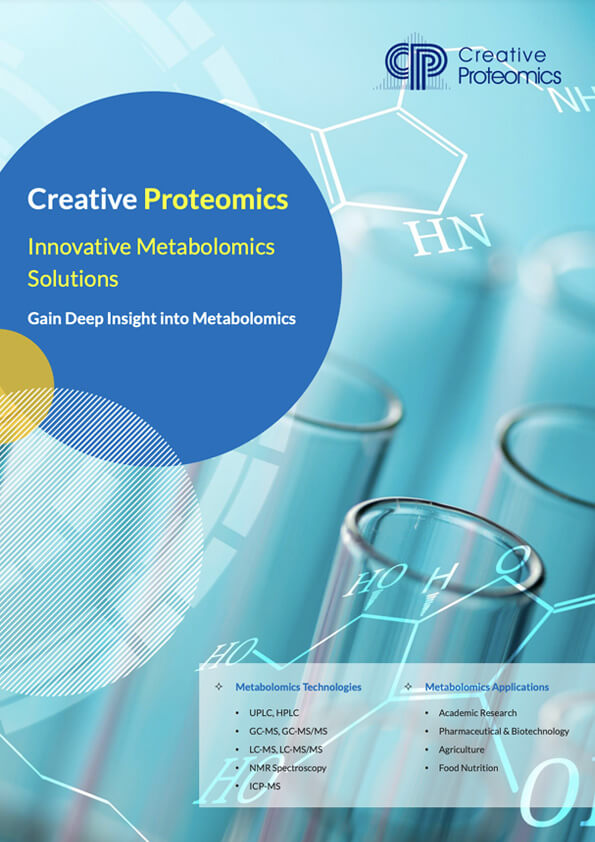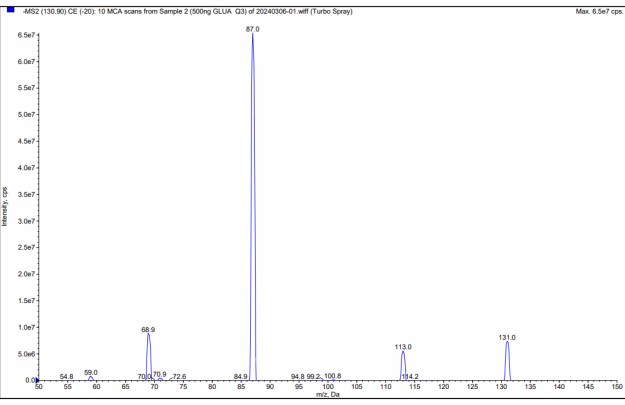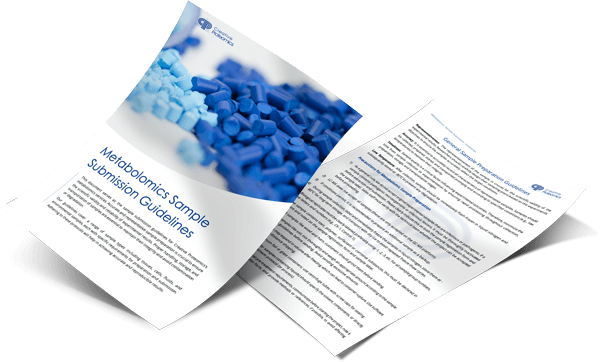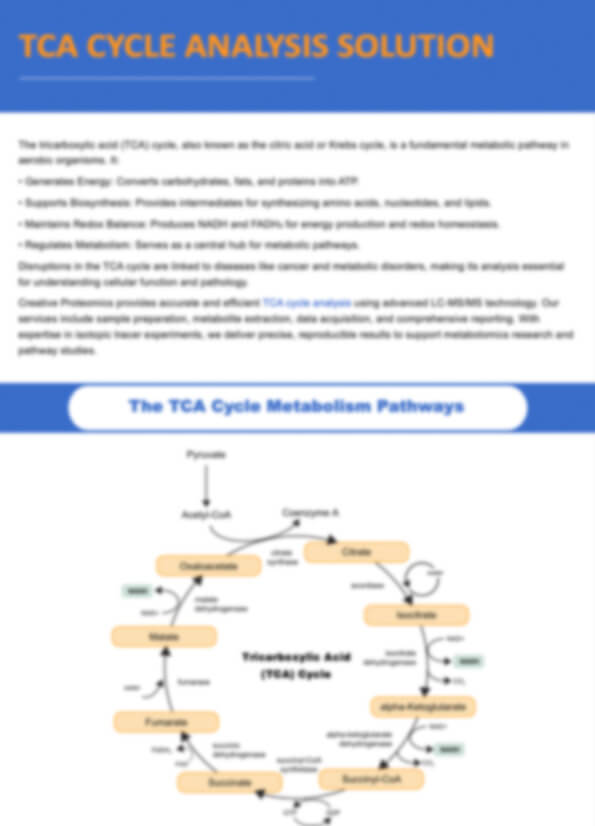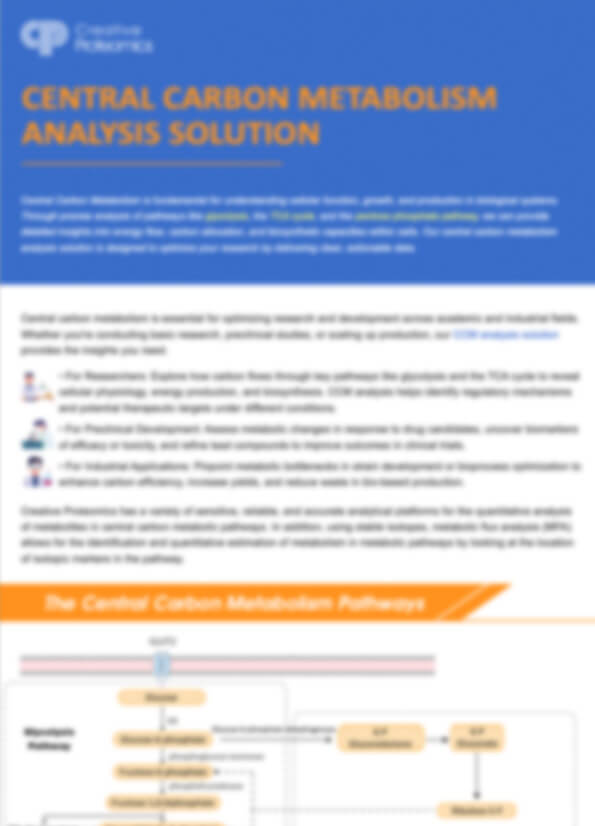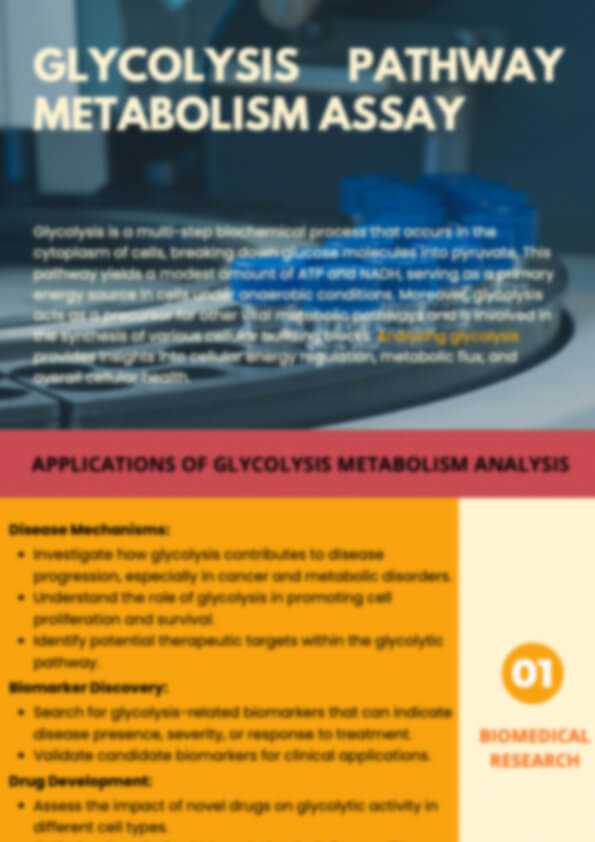Valeric Acid Analysis Service Using LC-MS
At Creative Proteomics, we provide specialized valeric acid analysis using high-performance liquid chromatography (HPLC) with a differential refractive index detector (RID). This method ensures precise, reproducible quantification of valeric acid across a wide range of sample types:
- Animal and human tissue
- Plant materials
- Microbial cultures
- Cultured cells
Whether you're working on a pharmaceutical product, investigating microbial metabolism, or evaluating new flavoring compounds, accurate valeric acid analysis is essential. LC-MS gives you the precision, sensitivity, and speed you need to get meaningful results.
Submit Your Request Now
×- Background
- Services Details
- Workflow
- Advantage
- Platform
- Application
- Sample Requirement
- Demo
- FAQ
- Publication
What Is Valeric Acid?
Valeric acid, also known as pentanoic acid, is a straight-chain carboxylic acid with the chemical formula C₅H₁₀O₂. It naturally occurs in the roots of Valeriana officinalis, a plant traditionally used for its calming properties.
In its pure form, valeric acid has a sharp, unpleasant odor, but its esters (e.g., ethyl valerate and pentyl valerate) offer pleasant, fruity aromas widely used in commercial products.
Chemically, it is related to gamma-aminobutyric acid (GABA) and gamma-hydroxybutyric acid (GHB), both of which are known neurotransmitters. Although valeric acid itself lacks the functional alcohol or amine groups, its structural similarity makes it an important molecule to study in neurochemical and metabolic research.
Why Monitor Valeric Acid?
Valeric acid is structurally related to gamma-aminobutyric acid (GABA) and gamma-hydroxybutyric acid (GHB), two key molecules involved in neurological signaling. Although it lacks the active hydroxyl and amine groups that give GABA and GHB their bioactivity, valeric acid may still play indirect roles in metabolic or neurological pathways—especially as a structural analog.
Valeric acid is also a precursor to mevalonic acid, an intermediate in the cholesterol and isoprenoid biosynthesis pathways, making it of interest in metabolic profiling.

Importance of Valeric Acid Analysis
Understanding and quantifying valeric acid is critical because:
- Regulatory compliance: Especially in pharmaceuticals and food safety
- Process validation: Ensures product consistency during manufacturing
- Metabolite tracking: Supports studies in human and animal models
- Environmental monitoring: Detects valeric acid in soil or wastewater
Whether you're screening biofuel additives or tracing neurochemical analogs, high-quality valeric acid analysis is indispensable.
Creative Proteomics' Valeric Acid Analysis Service
At Creative Proteomics, our valeric acid analysis service leverages triple quadrupole LC-MS/MS technology, designed for researchers who demand:
- Ultra-sensitive quantification
- Reliable and reproducible results
- Fast turnaround and expert support
Why LC-MS?
✅ High sensitivity (detects pg/mL range)
✅ Selectivity: Differentiates valeric acid from similar compounds
✅ Speed: Faster analysis compared to traditional HPLC
✅ Quantitative and qualitative output
Accepted Sample Types:
- Animal and human tissue
- Plant extracts
- Cell culture supernatants
- Microbial cultures
Deliverables Include:
- Raw and processed data (Excel, CSV)
- Optional metabolic pathway enrichment
- Publication-ready reports
We also offer Organic Acid Analysis Services for broader profiling needs.
Workflow
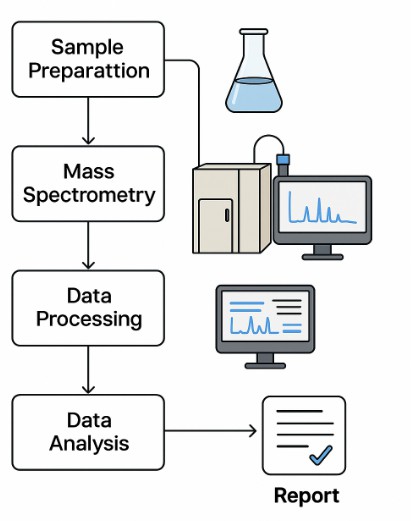
Why Choose Creative Proteomics?
- Global presence: Serving clients in 50+ countries
- Cutting-edge LC-MS/MS platforms for accurate results
- Fast turnaround for time-sensitive projects
- Collaborative support from start to finish
- Quantitative detection in vitro and in vivo
- High sensitivity and specificity, even in complex matrices
- Repeatable, validated workflows for consistent metabolite tracking
When precision and partnership matter, Creative Proteomics stands above the competition.
Platform
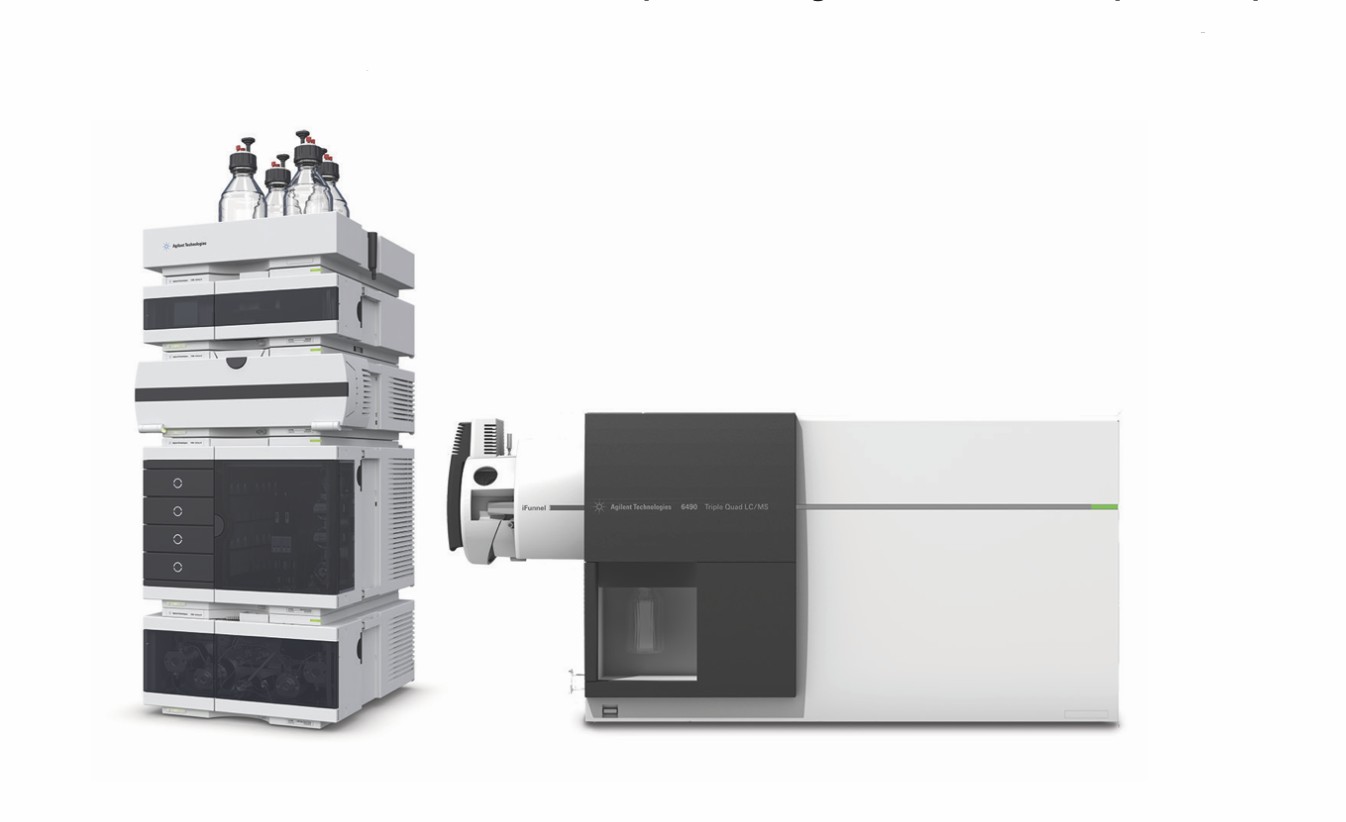
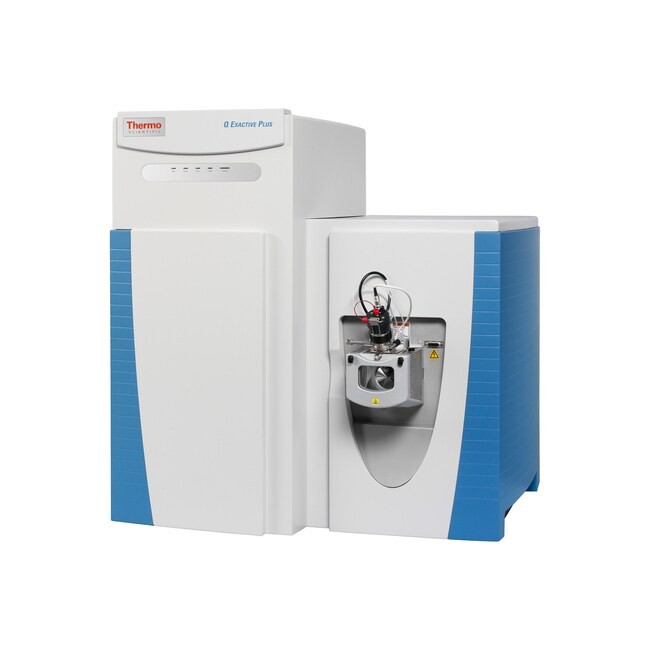
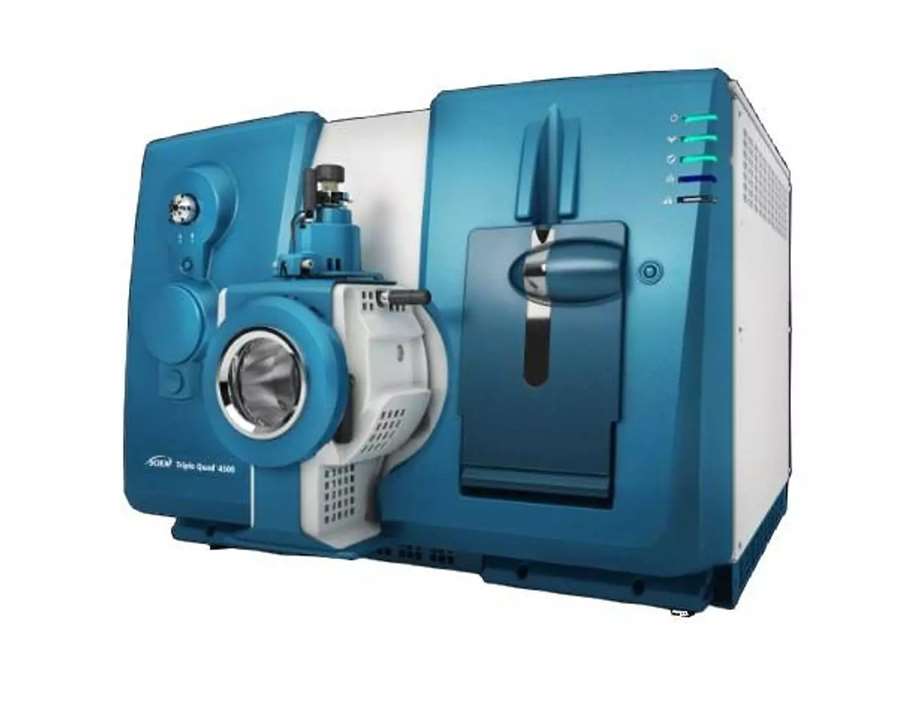
Applications
✅ Food and flavour industry: ester quantification for quality control
✅ Metabolomics: track valeric acid in metabolic flux studies
✅ Toxicology: evaluate exposure-related irritation in skin or mucosal models
✅ Neuroscience research: investigate analog roles in neurotransmitter pathways
Sample Requirements
We accept a wide variety of biological samples. Please refer to our [Metabolomics Sample Submission Guidelines] for preparation, storage, and shipping instructions.
| Sample type | Recommended sample size | Pre-treatment and storage |
|---|---|---|
| Tissue | 100-200 mg | Snap freezing in liquid nitrogen, stored at -80℃. |
| Urine | 200-500 μL | 5000×g 4℃ Centrifuge for 30-60min, remove supernatant, store at -80℃. |
| Serum/plasma | >100 μL | Collected serum/plasma, snap freezing in liquid nitrogen, stored at -80℃. |
| Cerebrospinal fluid, amniotic fluid, bile and other body fluids | >200 μL | 4℃ Centrifuge for 10min, (or filter using 0.22μm membrane), remove supernatant and store at -80℃. |
| Suspension cells | >1*107 | Centrifuge and collect cells after liquid nitrogen snap freezing and store at -80℃. |
| Walled cells | >1*107 | Cultured walled cells are stored in 1.5ml centrifuge tubes, snap freezing in liquid nitrogen and stored at -80℃. |
| Cell supernatant | >2 mL | centrifuge at 4℃ for 3 minutes, take the supernatant and store at -80℃. |
Demo
Frequently Asked Questions (FAQ)
What is valeric acid used for?
Valeric acid is primarily used in the production of esters for food flavors and fragrances, and as an intermediate in pharmaceutical and biofuel manufacturing.
How is valeric acid analyzed in laboratories?
The most accurate methods are LC-MS and GC-MS, with LC-MS offering superior sensitivity and selectivity.
Why is valeric acid analysis important?
Analysis ensures product safety, supports scientific research, and verifies regulatory compliance.
What types of samples can be tested for valeric acid?
We accept tissue, plant, bacterial, and cell culture samples for comprehensive analysis.
How should I store and ship samples for valeric acid testing?
Samples should be snap-frozen in liquid nitrogen and stored at −80°C. For shipping, use dry ice and insulated containers to preserve integrity.
Can you analyze valeric acid alongside other organic acids?
Yes. Our Organic Acid Analysis Service supports multiplex detection using LC-MS or GC-MS.
Do you offer assistance with experimental design?
Absolutely. Our team provides end-to-end consultation—from sample preparation to data interpretation.
Learn about other Q&A.
Our Organic Acid Profiling Service Review

- The Brain Metabolome Is Modified by Obesity in a Sex-Dependent Manner. International Journal of Molecular Sciences. 2024. https://doi.org/10.3390/ijms25063475
- Comparative Metabolite Profiling of Salt Sensitive Oryza sativa and the Halophytic Wild Rice Oryza coarctata under Salt Stress. Plant‐Environment Interactions. 2024. https://doi.org/10.1002/pei3.10155
- NUDT22 Promotes Cancer Growth Through Pyrimidine Salvage and the TCA Cycle. Oncogene. 2022. https://doi.org/10.21203/rs.3.rs-1491465/v1
- Untargeted Metabolomics Reveal Sex-Specific and Non-Specific Redox-Modulating Metabolites in Kidneys Following Binge Drinking. Redox Experimental Medicine. 2023. https://doi.org/10.1530/REM-23-0005
